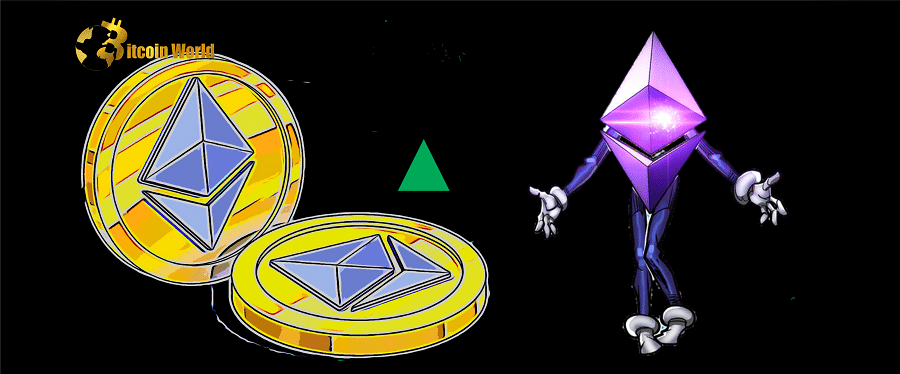Pro traders aren’t buying ETH’s recent surge, and evidence suggests that if Fed Chair Powell strikes a hawkish tone on Wednesday, the price of Ether will retrace.
On December 13, ether rose 6.3% to $1,350, mirroring a previous unsuccessful effort on November 10. According to two important derivatives gauges, while hitting the greatest level in 33 days, the gains were insufficient to encourage confidence in traders.
Bulls’ angst may be explained in part by Binance’s near-record $1.1 billion in withdrawals in a 24-hour period. The strange behavior occurs while the exchange strives to resolve several disagreements on crypto Twitter over its proof of reserves and general solvency. According to Binance CEO Changpeng Zhao, the social media messages are nothing more than disinformation.
However, Binance’s USD Coin reserves were allegedly depleted due to issues with commercial banking hours.
On December 13, the United States Securities and Exchange Commission (SEC) filed charges against Sam Bankman-Fried, the former CEO of the now-defunct FTX crypto exchange. The new accusations come barely a day after he was arrested in the Bahamas at the request of the US government.
On December 13, the Commodity Futures Trading Commission (CFTC) of the United States filed a complaint against Bankman-Fried, FTX, and Alameda Research, alleging breaches of the Commodity Exchange Act. It requested a jury trial.
Traders are happy that Ether is trading over $1,300, but the comeback has been mostly driven by the Consumer Price Index data for November, which was 7.1% year on year, little lower than predicted. More crucially, the Federal Reserve of the United States is set to decide on the next interest rate rise on December 14, with economists anticipating the rate of hikes to slow now that inflation looks to have peaked.
As a result, investors fear Ether might reverse its recent gains if Federal Reserve Chair Jerome Powell makes aggressive statements, as trader CryptoAceBTC has pointed out.
Let’s look at Ether futures data to see whether the unexpected surge influenced market sentiment favorably.
Because of the price gap between quarterly futures and spot markets, retail traders often avoid them. Professional traders favor these products because they avoid funding rate fluctuations in a perpetual futures contract.
In healthy markets, the two-month futures annualized premium should trade between +4% and +8% to cover expenses and risks. When futures trade at a discount to spot markets, it indicates a lack of trust among leverage purchasers, which is a negative indication.
The chart above illustrates that derivatives traders are still in “fear mode” since the Ether futures premium is less than 0%, suggesting a lack of demand from leverage buyers. Nonetheless, such data does not indicate that traders should predict additional price declines.
As a result, traders should examine Ether’s options markets to see if investors are pricing in larger possibilities of unexpected negative price swings.
When market makers and arbitrage desks overcharge for upside or downside protection, the 25% delta skew is a red flag.
In bad markets, options traders increase the likelihood of a price drop, leading the skew indicator to surge over 10%. Bullish markets, on the other hand, tend to force the skew indicator below -10%, indicating that bearish put options are undervalued.














